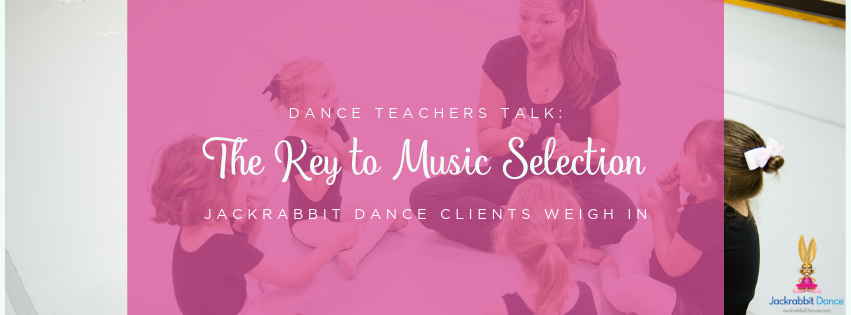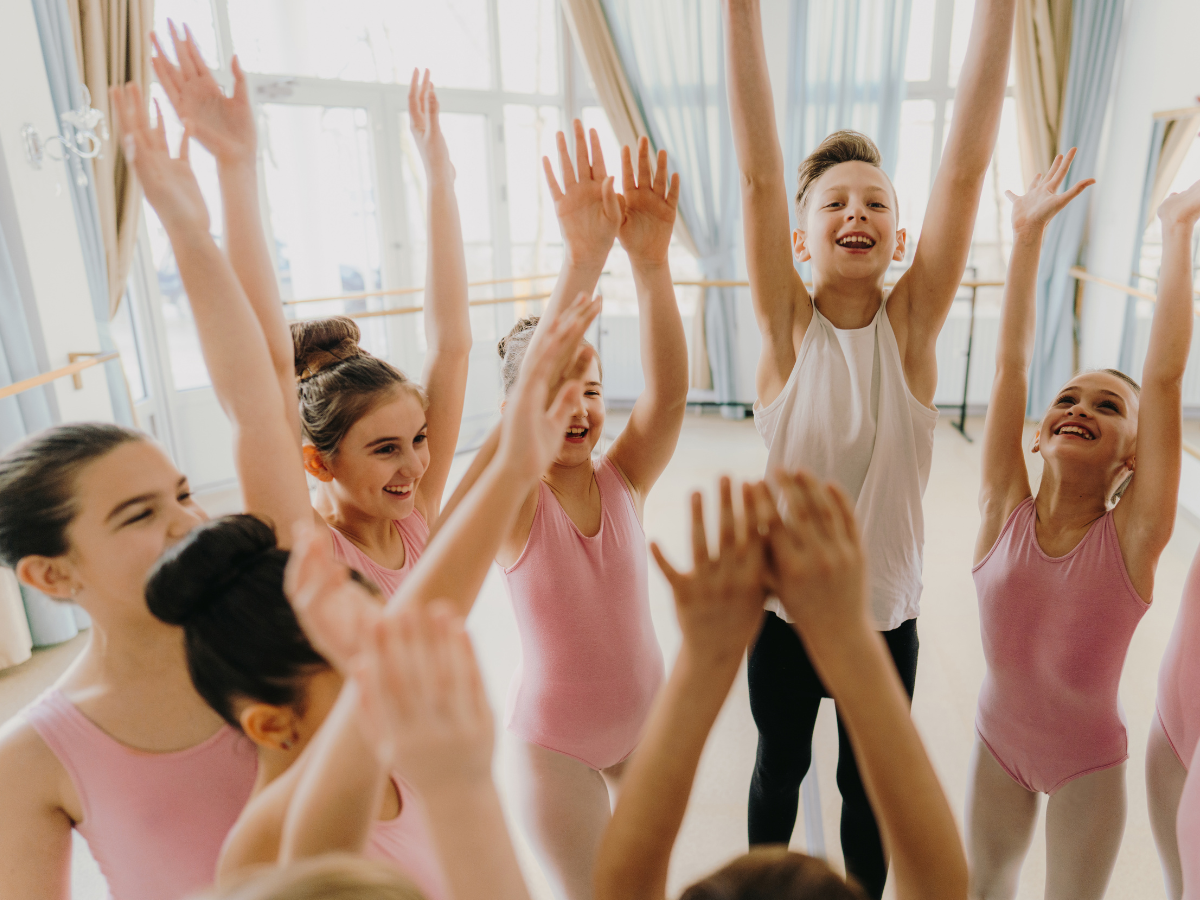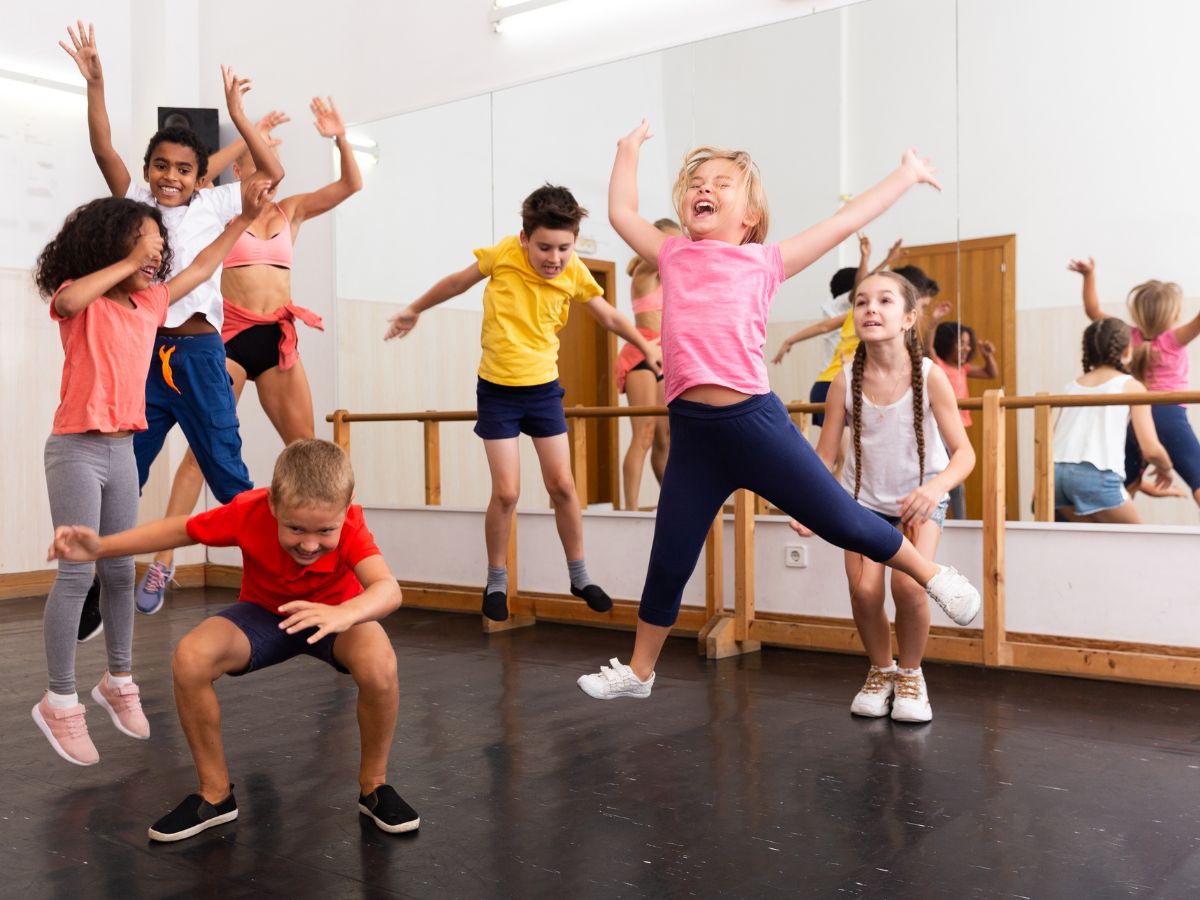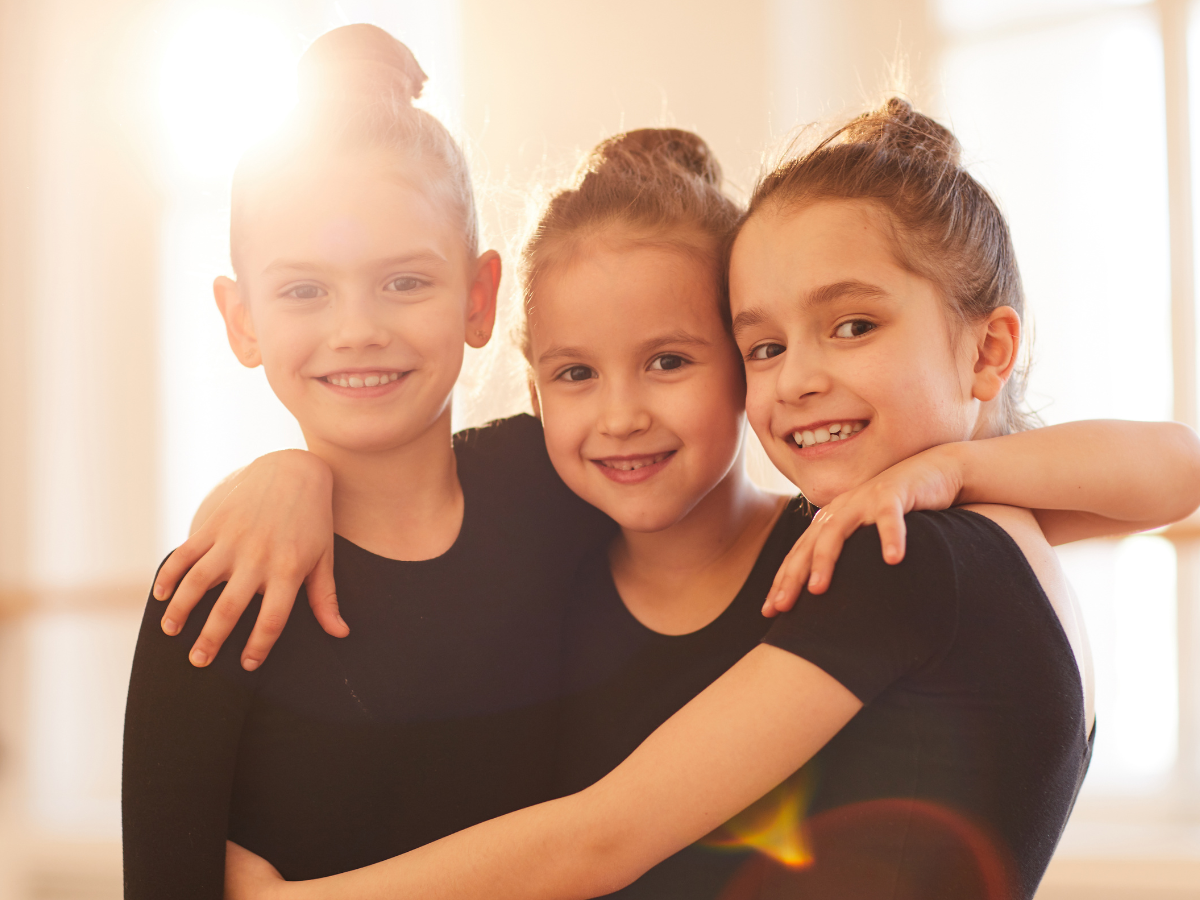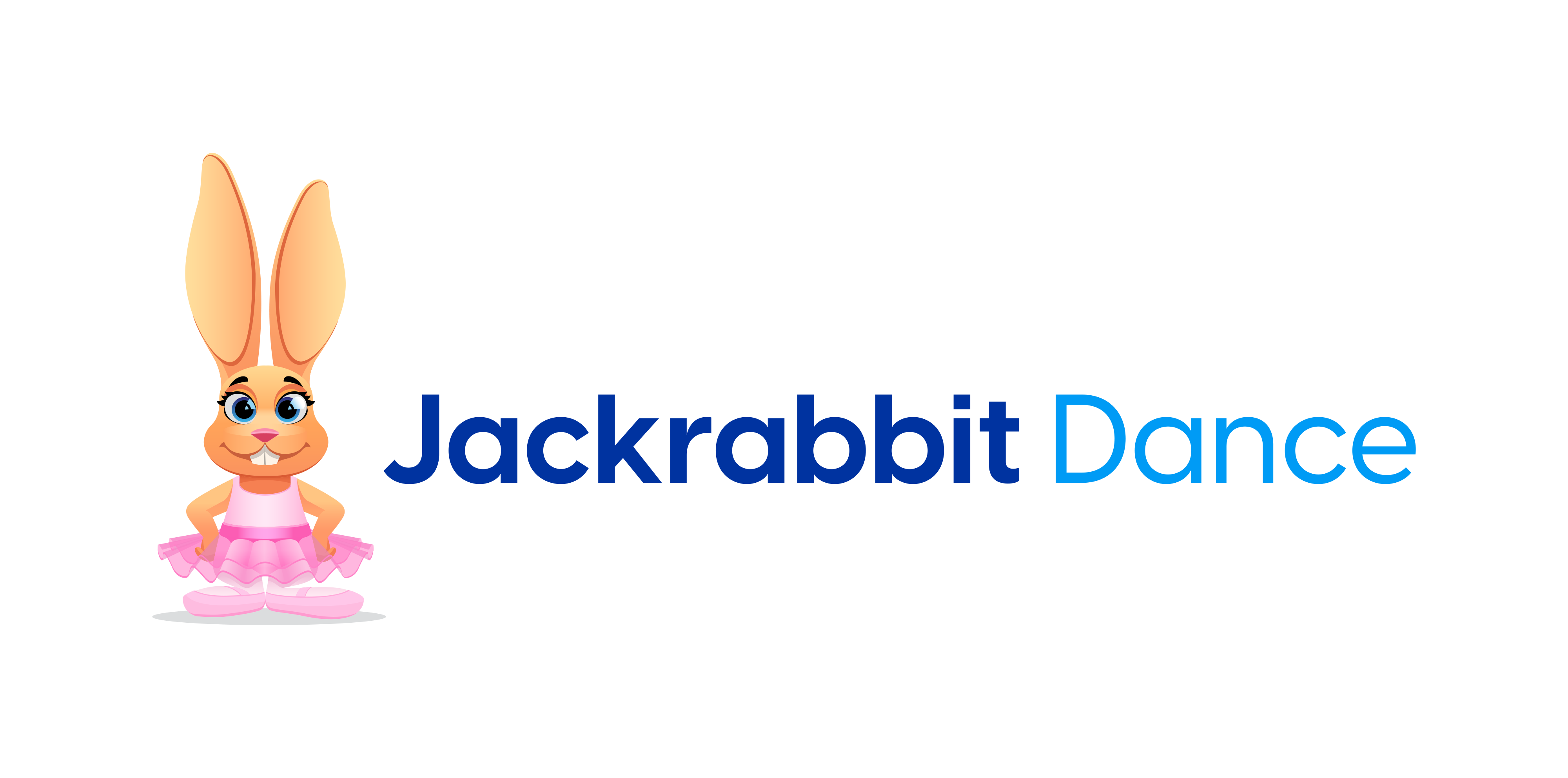Selecting music is a critical process for dance studios. Music helps to define style and shape attitude. It supports dancers’ emotional expression and inspires their passions for the moves and combinations.
Needless to say, music selection can be very different from studio to studio, and even teacher to teacher.
There was an interesting piece in Dance Teacher Magazine that shared selection approaches of several of the teachers that it knows.
I’m providing summary and comments for some of these, but please click the links and read the full pieces for all the great details in the online magazine.
Hip-Hop Teacher Leslie Scott Says It’s Essential to Use Music With a Positive Message
Leslie Scott was enlightened to the importance of screening lyrics in music selections when some of her young dancers asked the meaning of sexually explicit lyrics in “Anaconda” by Nicki Minaj.
This inspired Scott to found The Youth Protection Advocates in Dance. A major component of the organization’s certification process focuses on choosing age-appropriate music.
Scott believes that if she chooses a song that is sexually explicit or violent, she’s basically co-signing the songs message. For teachers it’s essential to pick music free of gender and cultural stereotypes, female objectification and misogyny.
Awareness that children are listening to the lyrics that are blasting at them and they are hearing them over and over.
Mainstream hip hop has great beats but it is often full of sexually explicit or violent language that is far from child-friendly. It takes some creativity and effort to find ‘clean’ music – sometimes mixing your own – but going the extra mile keeps teaching from debating song choice and ultimately having to going through the selection process again.
5 Music Suggestions From Contemporary Teacher Marinda Davis
Miranda Davis has been using Broadway musicals and Frank Sinatra classics in choreography after becoming weary from the dark and emotionally charged songs popular with contemporary dance. She doesn’t want contemporary to become a fad instead of a long-lasting genre and believes one way to prevent that is by exploring other types of music instead of simply doing what everyone else keeps doing.
Davis teaches at Broadway Dance Center, WILD Dance Intensive and studios throughout the country and has always used music as a tool to test dancers. Davis also uses changes tempos within a single piece instead of staying with monotonous rhythms. It’s a healthy challenge for young dancers to speed up, slow down – or even completely stop and find stillness.
Davis keeps her warm-up and across-the-floor music consistent in her classes – which is sort of the opposite of the inclination she has for experimentation with new music genres. But she does this so students can concentrate on technique and not what the music is doing.
Michele Wiles Puts a New Spin on Contemporary Ballet With Jazz Music
Michele Wiles found artistic freedom that she’s wanted when she left her position as principal of American Ballet Theatre and formed BalletNext. There were collaborations with choreographers and musicians. She was introduced to the multilayered sounds of jazz when she worked with trumpeter Tom Harrell, learning that dancers are another instrument to a jazz musician. Blending jazz with her classical foundation was pivotal for Wiles. She notes that while she has classical facility, her mind is more contemporary. Jazz is the intersection that has defined her style.
Complicated jazz rhythms can be difficult to hear for classically trained ballet dancers. Wiles starts teaching new choreography with more popular music and then play the jazz music. The dancers are then at the point that they can say “Now I get it.”
Four of Jackrabbit’s clients weighed in on music selection. Their insight is very interesting.
There are some common factors, with unique preferences that define the style or approach of each one.
This Creative Movement Teacher Knows How to Keep Kids Engaged With Music
Kim Black was interviewed for the Dance Teacher Magazine article and is a Jackrabbit client. 31 years of teaching has enabled Kim to master the art of reaching young dancers. She teaches 34 classes per week in Burlington, North Carolina: 238 kids from ages 2 to 6 years old. She believes that it is her job to make them fall in love with dance and that music cues this engagement.
Every day, Black sees young children come alive when they experience the simple joy of moving with music.
Kim has a long history with music and has enjoyed a rich progression through many forms of music delivery within her studio. She believes music and dance are the universal language. She loves instrumental music for classes and that nips the entire lyrics debate in the bud. Shannon Reel from Leap is her favorite! Instrumentals ensure that focus is easily placed on movement and NOT lyrics. Otherwise, Kim goes old school with the young ones. They LOVE to hear songs they know: “Wheels on the Bus”,Five Little Ducks”, “Happy If You Know It”…
With older children, Kim plans “free dance” with current music at the beginning of class. It inspires social interaction and it is ‘their time’ to let out their energy in creative ways. Kim loves instrumentals, classical selections, Sinatra tunes and the Westside Story theme.
Kim’s goal with each child is to inspire that child to move and feel great about themselves when they do it. When the music gets inside of them, it helps them to engage in learning the steps and then combinations that are their progression in learning ballet and all other forms of dance.
Never Playing the Overplayed – Turning Pointe Academy of Dance’s Jenn Buckton prefers Elvis, Jackson 5 and Disney to Top 40 Playlist
When it comes time to select music for Turning Pointe Academy of Dance’s classes, Jenn Buckton starts with a theme for their recitals which are split between junior and senior classes. Within the theme, teachers have creative license to choose what they think will be fun and inspiring. For their regular classes, they can bring in music outside of the theme as long as it maintains its appropriateness – and they are willing to finance it on their own.
Jenn encourages selections that are unique and in direct correlation with their theme. For example, the Music Legends theme would encourage choosing artists from all decades and in all genres so that the music is fun for parents and students. Teachers are ‘encouraged’ to omit music with offensive language from consideration – which is especially common in the Hip Hop disciplines.
We have teachers with favorite genres – old classics like Elvis, Jackson 5 and Disney, for example – that work out well since current music is often risky and is definitely overplayed.
For Jenn, being age appropriate is the most important criteria for the music they use. They avoid just going with what’s current – just because it’s easy – instead of seeking out music that is best suited for their young dancers. However, when it’s recital music selection time, it’s equally important to match theme.
Licensing?
In Canada there is a company called SOCAN that studios can pay to cover all licenses/rights/usage. Jenn feels good that they contribute to this organization.
Cultural Joins Age Appropriateness as Key Criteria for Miller Street Dance Academy’s Class Music Selections
At Miller Street Dance Academy, music selection is based on the recital theme. Upon learning the theme, teachers suggest songs to the director who determines if they are appropriate and a good fit.
Miller Street also selects only music appropriate to the ages of their students. They omit religious music to ensure that selections are appropriate for all cultures. It ultimately is important for music to have appropriate lyrics, fitting with the theme and providing the opportunity to use props. After all, props make routines more fun to the students and more interesting for the audience.
Licensing?
Miller Street Dance Academy owns subscriptions to Spotify and iTunes in order to mitigate any licensing issues that using music without affiliation would cause.
Dance Davidson’s Terilynne Knox Selects Classical, Wholesome, Fun Music
When Dance Davidson starts the new season’s music selection process, owner and creative director Terilynne Knox adheres to the upcoming show’s theme. This spring, for example, the show was Willy Wonka. Terilynne began searching iTunes and YouTube for songs about candy – along with the obvious songs from the Willy Wonka soundtrack – the previous November.
One of Terilynne’s favorite things to do is seek out the perfect songs for her themes – listening to hundreds before settling in on one or two. If she can’t draw the line, Terilynne gets input from the class teacher before making the final selection.
There are literally thousands of selections to which Dance Davidson has access for ballet barre work, warm-ups and short combinations. For tap, jazz, modern and contemporary classes, many teachers use Spotify and Pandora or music from their own personal playlists.
The ultimate criteria for Dance Davidson’s music is appropriateness for all dancers – regardless of age. There is no profanity allowed – not even a hint of swearing, no songs with double entendres or hidden meanings. Terilynne is very passionate about this criteria because it is part of what defines her studio. She reads each song’s lyrics on Lyrics.com – going through them with a fine-tooth comb so that nothing inappropriate slips through. Parents appreciate such attention to this detail.
It’s important that both dancers and the audience enjoy the music – so Dance Davidson’s music often includes selections from the 60s, 70s and 80s. Parents and grandparents comment on how much they enjoy the music selections of Dance Davidson’s shows.
Licensing?
Dance Davidson became a member of ASCAP as more dance categories – and therefore secular music selections – were added to the school’s original strictly ballet offerings.
Marriage of Music and Dance
Music is such an important part of the dance experience. The two are married together in helping dancers young and old move in creative and expressive ways.
Sources:
https://www.dance-teacher.com/leslie-scott-hip-hop-2567914272.html
https://www.dance-teacher.com/music-for-creative-movement-2581850822.html
https://www.dance-teacher.com/contemporary-music-suggestions-2625127871.html
